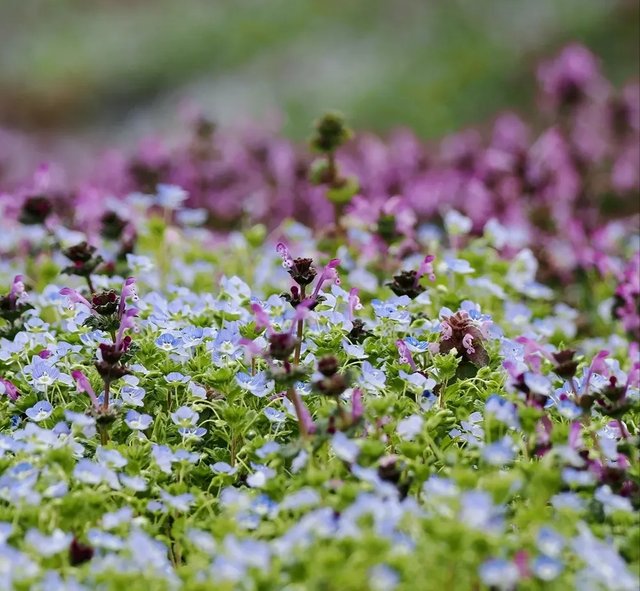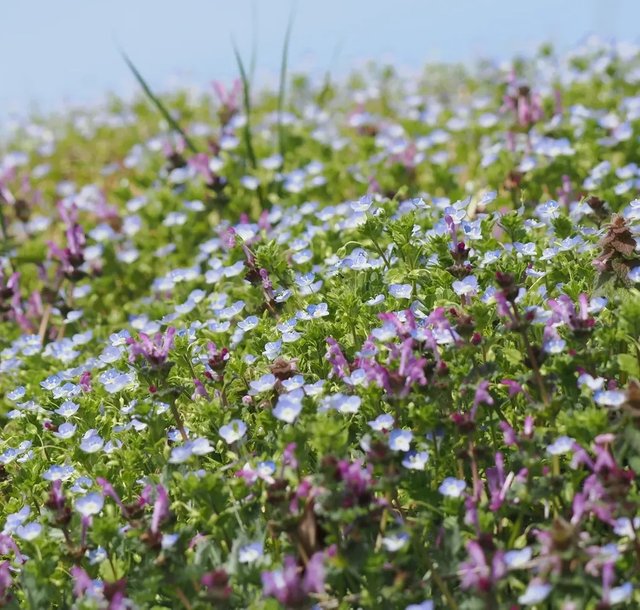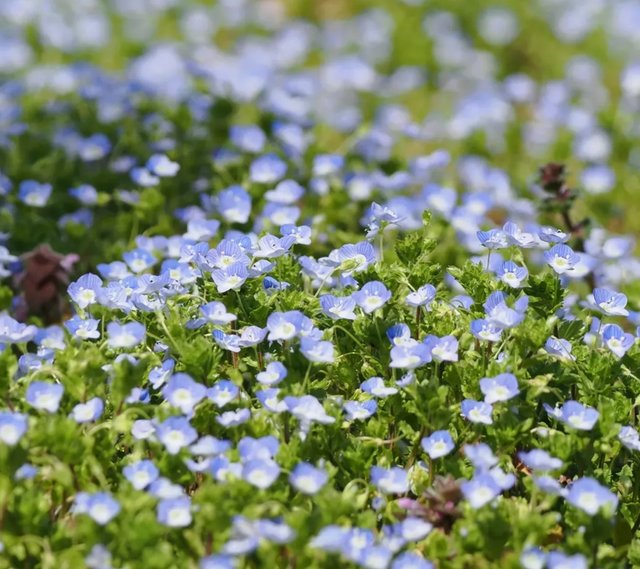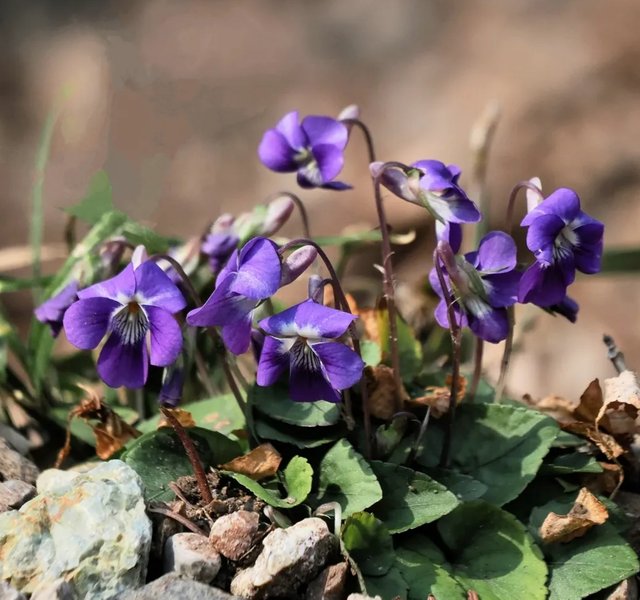Veronica Polita So Beautiful Flower
Veronica polita: A Closer Look at the Grey Field-Speedwell
Veronica polita, commonly known as grey field-speedwell, is a fascinating and often overlooked plant species that belongs to the Plantaginaceae family. This small but resilient plant is a common sight in many parts of the world, thriving in various environments ranging from cultivated fields to urban landscapes. Despite its unassuming appearance, V. polita plays an important role in local ecosystems and has some unique characteristics that make it a plant worth knowing about.
Botanical Description
Veronica polita is a low-growing, annual herbaceous plant that typically reaches heights of 5 to 30 cm. It has slender, spreading stems that often root at the nodes, allowing it to spread across the ground effectively. The leaves are rounded to ovate, with slightly serrated edges, and are arranged oppositely along the stem. They have a vibrant green color, sometimes appearing slightly hairy, which helps reduce water loss and protect against herbivory.
One of the most distinctive features of V. polita is its flowers. The small but beautiful blooms are usually a bright blue or violet with dark blue veins running through the petals, helping guide pollinators to the nectar. The flowers have a somewhat asymmetrical structure, with a slightly larger lower petal, a characteristic feature of the Veronica genus. The plant typically flowers in spring and early summer, although in mild climates, it may bloom year-round.
Distribution and Habitat
Veronica polita is native to Europe and parts of Asia but has since spread to many other regions, including North America and Australia. It thrives in disturbed soils, making it a common sight in agricultural fields, gardens, roadsides, and even cracks in pavements. This adaptability is due to its ability to grow in a wide range of soil types and conditions, including poor, compacted, and nutrient-deficient soils.
While it prefers sunny or partially shaded areas, it can tolerate various environmental conditions, making it a resilient species. It often competes with other small plants in grassy or weedy areas but rarely outcompetes native vegetation.




| Device | cannon eos 700D |
|---|---|
| Lens | 55-250 zoom leans |
| Location | Bangladesh |
